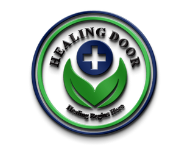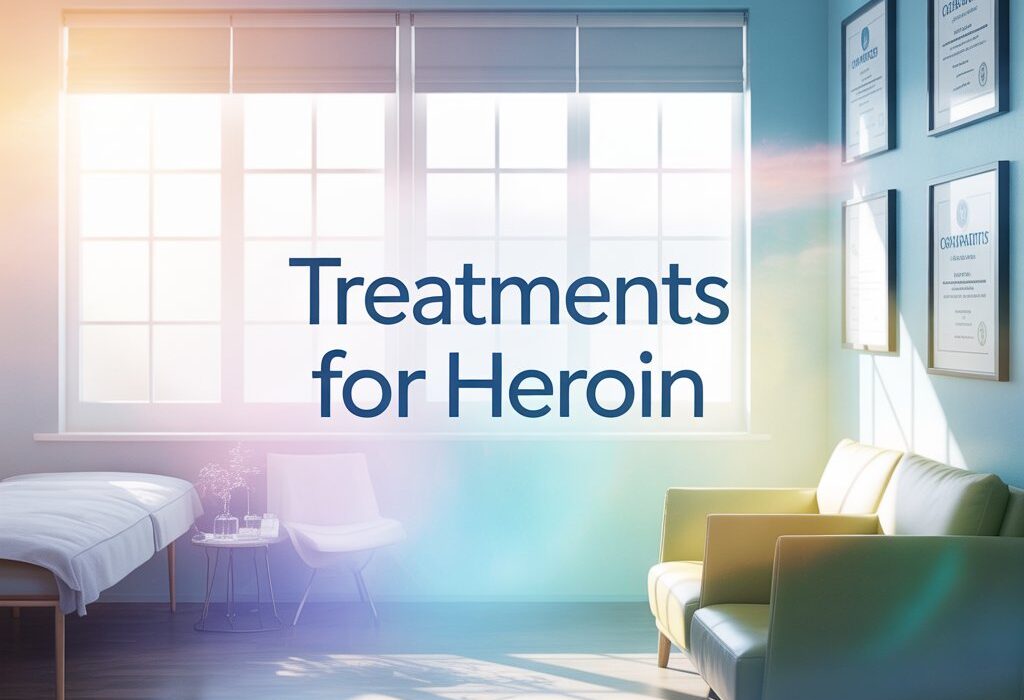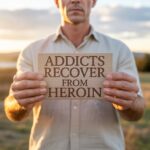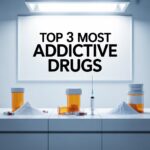Effective Treatments for Heroin: A Path to Recovery
The grip of heroin addiction is one of the most challenging cycles to break. It affects not just the body, but the mind and spirit, leaving individuals and their families feeling trapped and hopeless. However, it is crucial to understand that heroin dependence is a treatable medical disorder. Modern medicine offers a range of powerful and evidence-based treatments for heroin that can manage withdrawal, curb cravings, and address the underlying psychological drivers of addiction. This journey toward recovery is not about a lack of willpower; it is about accessing the right medical and therapeutic support to rebuild a healthy, stable life.
The first step in understanding recovery is recognizing the nature of heroin dependence. Heroin is an opioid that rapidly binds to receptors in the brain, flooding it with dopamine and creating an intense euphoria. With repeated use, the brain stops producing its own natural opioids and becomes reliant on the drug just to feel normal. This leads to devastating withdrawal symptoms when use is stopped, which often drives continued use. Effective treatments for heroin are designed to safely navigate this biological dependency, providing a stable foundation for long-term healing.
The First Critical Phase: Medically Supervised Detoxification
Before long-term recovery can begin, the body must be safely cleared of the drug. This process, known as detoxification, can be intensely uncomfortable and, without proper care, dangerous. Medically supervised detox is therefore the essential first step. In a clinical setting, healthcare professionals can manage acute withdrawal symptoms such as severe nausea, muscle aches, anxiety, and insomnia. This is not merely about comfort; it is about safety. A supervised environment ensures that complications are addressed immediately, making the process safer and significantly increasing the likelihood that an individual will complete this difficult first phase and transition into comprehensive treatment.
Medication-Assisted Treatment (MAT): A Cornerstone of Modern Care
One of the most significant advancements in addiction medicine is the development of Medication-Assisted Treatment, or MAT. This approach uses FDA-approved medications to normalize brain chemistry, block the euphoric effects of opioids, and relieve physiological cravings. MAT is not simply substituting one drug for another. When properly administered, these medications do not produce a high but instead allow the brain to heal while the individual engages in therapy.
Key Medications Used in Treatment
Several medications have proven highly effective as part of a comprehensive treatment plan.
- Methadone: A long-acting opioid agonist, methadone is taken orally at a regulated clinic. It prevents withdrawal symptoms and reduces cravings without causing the intense high associated with heroin. It allows individuals to stabilize their lives and focus on recovery.
- Buprenorphine: This is a partial opioid agonist, meaning it activates the same receptors as heroin but to a much weaker degree. This significantly reduces cravings and withdrawal symptoms while having a ceiling effect that lowers the risk of misuse. It is often the cornerstone of many outpatient treatments for heroin.
- Naltrexone: Unlike the other two, naltrexone is an opioid antagonist. It works by blocking the opioid receptors in the brain, meaning that if a person uses heroin while on naltrexone, they will not feel any euphoric effects. This removes the reward associated with drug use and can be a powerful tool for preventing relapse.
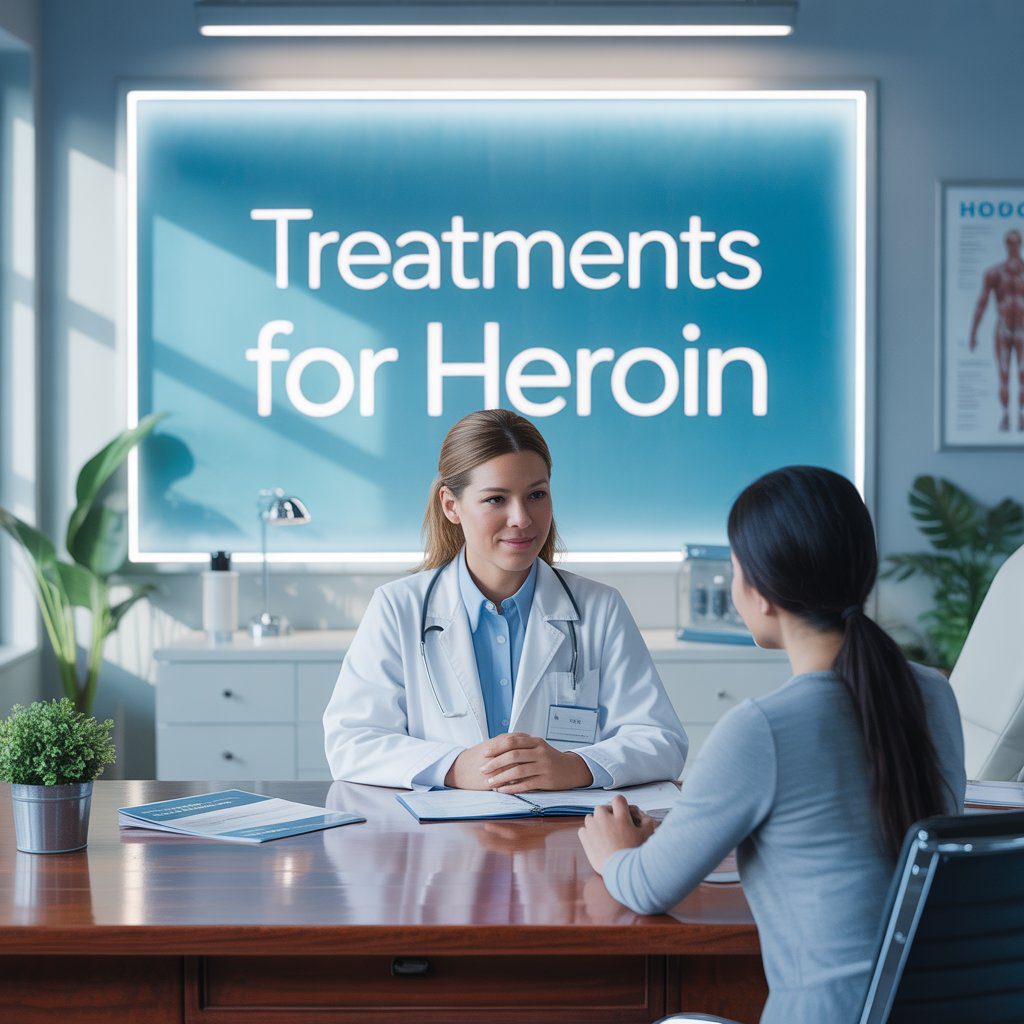
The Essential Role of Behavioral Therapies
While medication addresses the biological aspects of addiction, therapy is required to heal the psychological wounds and change behavioral patterns. The most effective treatments for heroin seamlessly integrate medication with evidence-based behavioral interventions.
Cognitive-Behavioral Therapy (CBT)
CBT is a foundational therapy that helps individuals identify, avoid, and cope with the situations, thoughts, and feelings that are most likely to trigger heroin use. It teaches practical skills for managing stress, dealing with cravings, and correcting problematic behaviors. Patients learn to challenge and change the destructive thought patterns that contribute to their addiction cycle.
Contingency Management (CM)
This innovative therapeutic approach uses positive reinforcement to encourage sobriety. In CM programs, individuals earn points or vouchers for negative drug tests, which can be exchanged for items that encourage healthy living. This tangible reward system has been shown to be highly effective in promoting continuous abstinence and engagement in treatment.
Building a Sustainable Future: Aftercare and Ongoing Support
Recovery from heroin addiction is a lifelong journey that extends far beyond the initial treatment program. A robust aftercare plan is what bridges the gap between structured treatment and independent living. This critical phase often includes ongoing outpatient therapy, regular check-ins with a prescriber for MAT, and participation in support groups like Narcotics Anonymous (NA) or SMART Recovery. These groups provide a vital community of peers who understand the challenges of recovery, offering encouragement, accountability, and shared experience. Building a new social network and developing healthy routines are also essential components for preventing relapse and building a fulfilling life in recovery.
A Journey of Courage and Hope
Choosing to seek help for heroin addiction is an act of profound courage. It is an acknowledgment that a better life is possible and a commitment to the hard work required to achieve it. The path is not easy, but with the combination of medical intervention, therapeutic support, and a strong aftercare network, recovery is an achievable reality. By understanding the comprehensive treatments for heroin available, individuals and their loved ones can take that first, hopeful step toward lasting freedom and health.
Frequently Asked Questions (FAQs)
1. Is medication-assisted treatment (MAT) just replacing one addiction with another?
No. MAT uses medications that are administered at stable doses under medical supervision to normalize brain function and control cravings. They do not produce a euphoric high when used as prescribed. The goal is stability, allowing the brain to heal while the person engages in comprehensive therapy.
2. How long does heroin withdrawal typically last?
Acute heroin withdrawal symptoms usually begin within 6-12 hours after the last dose, peak between 1-3 days, and can last for about a week. However, some individuals may experience post-acute withdrawal symptoms (PAWS), such as anxiety, sleep disturbances, and drug cravings, which can persist for months.
3. Can someone recover from heroin addiction without medication?
While some people do recover without medication, the relapse rate is significantly higher. Medication-Assisted Treatment (MAT) is considered the gold standard by major health organizations because it dramatically increases the chances of long-term success by addressing the powerful biological drivers of addiction.
4. What is the success rate of heroin addiction treatment?
Success rates vary based on the individual and the comprehensiveness of the treatment program. However, studies consistently show that combining medication with behavioral therapy—the standard for modern treatment—significantly increases retention in treatment and reduces illicit drug use compared to non-medicated approaches.
5. How can I support a loved one going through treatment?
Educate yourself about addiction, offer non-judgmental emotional support, and encourage their participation in treatment. It is also crucial to set healthy boundaries and consider joining a support group for families, such as Nar-Anon, to help you navigate your own challenges during their recovery process.
